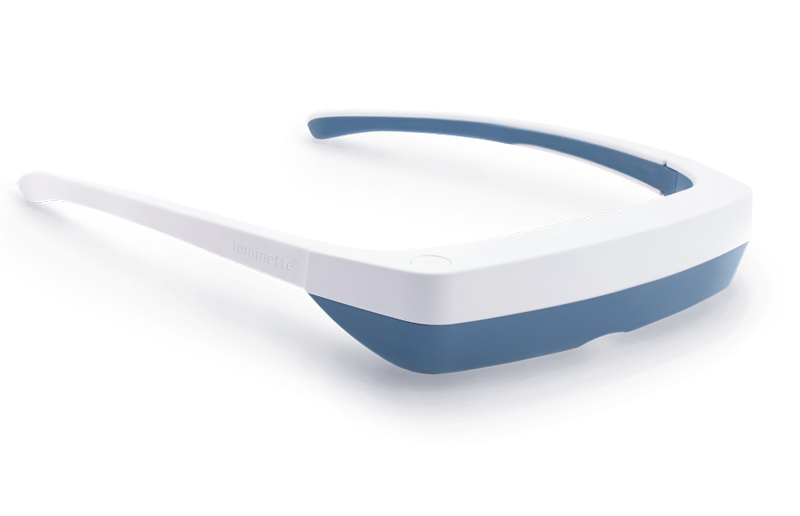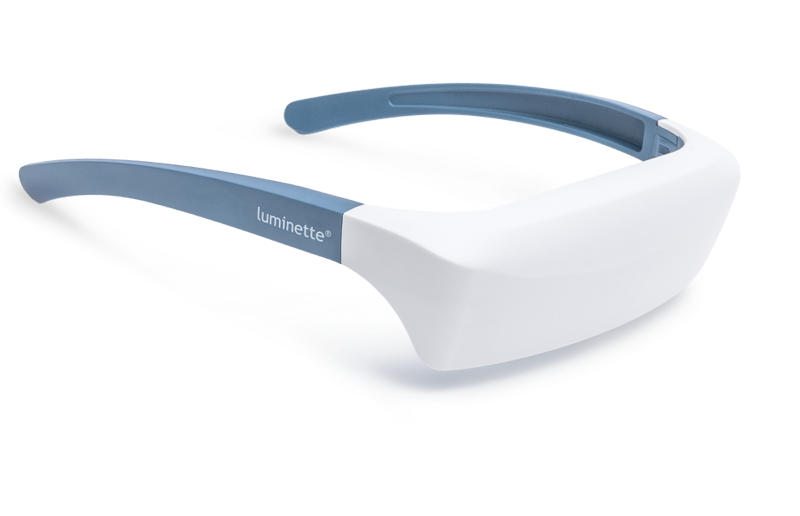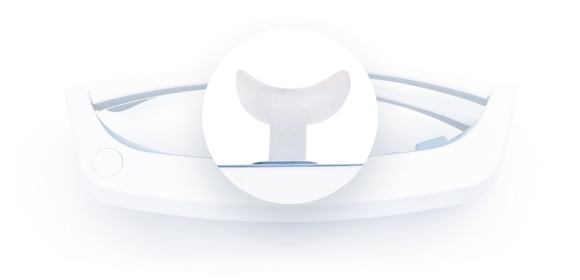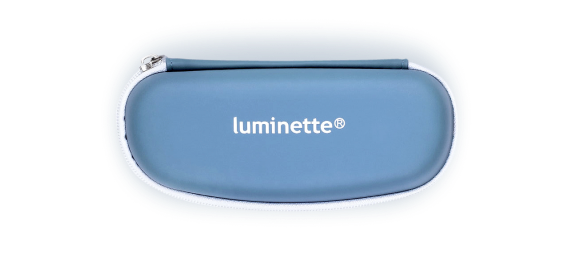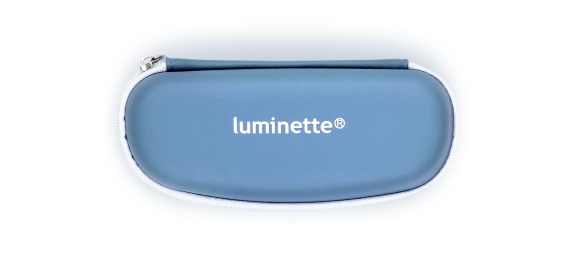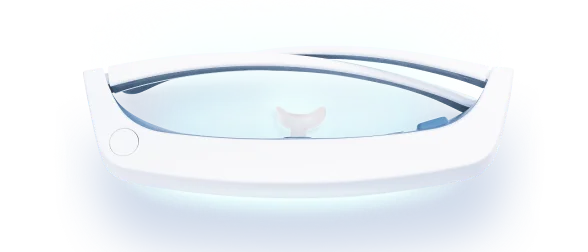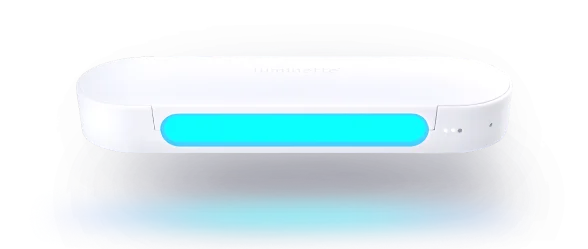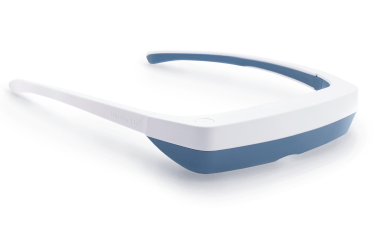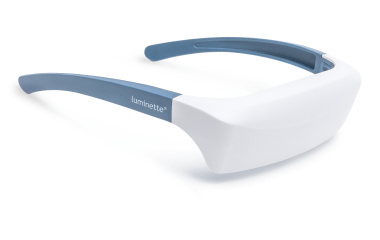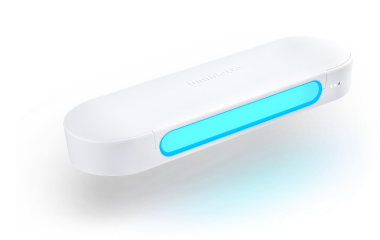Трудно хорошо выспаться? Цвет света в вашей спальне может быть ключом к спокойному сну. В этом блоге мы рассмотрим лучший цвет света для сна, чтобы помочь вам создать благоприятную для сна атмосферу. Владельцы домов и любители здорового сна, читайте дальше, чтобы узнать, как разные цвета света влияют на ваш сон, и получить практические советы для улучшения ночного отдыха.
Какой цвет света лучше всего подходит для сна?
Когда речь заходит о создании оптимальной среды для сна, выбор правильного цвета света имеет решающее значение. Научные исследования показали, что определённые цвета света могут либо мешать, либо способствовать сну. Лучший цвет света для сна обычно имитирует естественный вечерний свет, такой как тёплые жёлтые или мягкие оранжевые оттенки, помогая вашему телу расслабиться и подготовиться ко сну. Эти цвета с меньшей вероятностью нарушают выработку мелатонина — гормона, регулирующего сон.
Важность света в регулировании сна
Свет играет важную роль в регулировании нашего цикла сна и бодрствования, также известного как циркадный ритм. Этот внутренний биологический часы зависят от наличия и отсутствия света, сигнализируя организму, когда пора просыпаться и когда ложиться спать. Воздействие неподходящего света ночью может нарушить этот цикл, приводя к плохому качеству сна и проблемам со здоровьем. Например, яркий и холодный свет может обмануть мозг, заставляя его думать, что сейчас день, что затрудняет засыпание ночью.
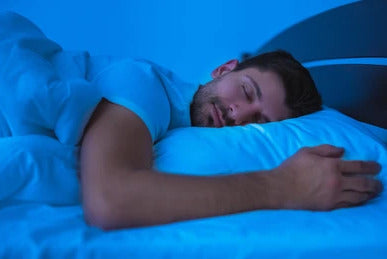
Как синий свет влияет на качество сна?
Синий свет, излучаемый электронными устройствами и многими светодиодными лампами, особенно известен своим негативным влиянием на сон. Он снижает выработку мелатонина — гормона, регулирующего сон. Согласно исследованию Гарвардской медицинской школы, воздействие синего света перед сном может задерживать начало сна и ухудшать его качество. Поэтому лучше ограничить воздействие синего света вечером. Использование функций вроде «ночного режима» на устройствах или покупка очков, блокирующих синий свет, поможет смягчить эти эффекты. Кроме того, выбор тусклого, тёплого освещения в жилых помещениях вечером дополнительно обеспечит хороший ночной сон.
Влияние различных цветов света на качество сна
Разные цвета света могут по-разному влиять на качество вашего сна. Важно понимать, как каждый из этих цветов воздействует на ваш циркадный ритм и общие паттерны сна. Осознанный выбор освещения в спальне поможет создать среду, способствующую лучшему отдыху. В следующих разделах мы рассмотрим, как различные оттенки — от холодных синих до тёплых жёлтых — влияют на сон и дадим рекомендации по выбору подходящего света для вашего ночного режима.
Синий свет
Синий свет часто встречается на экранах, в цифровых устройствах и некоторых энергоэффективных источниках света. Хотя он может повышать бдительность и когнитивные функции в течение дня, ночью он подавляет выработку мелатонина. Снижение воздействия синего света вечером важно для улучшения сна.
Красный свет
Красный свет считается наименее нарушающим сон. Исследования показывают, что красный свет может даже улучшать качество сна, способствуя выработке мелатонина. Поэтому красный свет часто рекомендуют использовать в спальнях.
Зелёный свет
Зелёный свет влияет на сон подобно синему, но с меньшей интенсивностью. Он всё же может задерживать выработку мелатонина и нарушать сон при чрезмерном использовании перед сном. Однако умеренное воздействие зелёного света в течение дня помогает регулировать циркадный ритм.
Жёлтый свет
Жёлтый свет более успокаивающий, чем синий и зелёный. Он создаёт тёплую и расслабляющую атмосферу, что делает его лучшим выбором для вечернего освещения. Воздействие жёлтого света перед сном может помочь облегчить переход ко сну.
Белый свет
Белый свет, особенно яркий белый, может быть довольно стимулирующим. Он содержит смесь всех видимых цветов света, включая синий, который может подавлять выработку мелатонина. Лучше избегать яркого белого света перед сном, чтобы обеспечить спокойный отдых.
Рекомендуемые цвета света для лучшего сна
Теперь, когда мы рассмотрели влияние различных цветов света, пора определить лучший цвет света для сна. Эксперты рекомендуют использовать теплые желтые оттенки в спальне и жилых помещениях вечером. Эти оттенки имитируют естественный свет заката, сигнализируя телу о необходимости расслабиться и подготовиться ко сну.
Для действительно благоприятной для сна атмосферы инвестируйте в регулируемые по яркости светильники или используйте прикроватные лампы с теплыми лампочками. Это позволит вам регулировать интенсивность освещения в течение ночи в соответствии с вашими потребностями. Также можно рассмотреть использование свечей или соляных ламп теплых оттенков в качестве альтернативы искусственному освещению.

Советы по использованию света для улучшения качества сна
Получение правильного типа светового воздействия — простой, но эффективный способ улучшить качество сна. Делая осознанный выбор освещения в вашем доме, особенно вечером и перед сном, вы значительно повысите шансы на спокойный ночной отдых. В этом разделе мы предоставим практические советы по использованию света в ваших интересах, помогая создать благоприятную для сна атмосферу, способствующую расслаблению и хорошему самочувствию. Независимо от того, корректируете ли вы существующую систему освещения или приобретаете новые светильники, эти рекомендации помогут вам добиться лучшего сна с правильным выбором освещения.
- Приглушите свет: Уменьшайте яркость света по мере приближения времени сна, чтобы сигнализировать телу о необходимости расслабиться.
- Используйте лампы с теплым светом: Выбирайте лампы, излучающие теплый, красный или желтый свет в вашей спальне.
- Ограничьте время перед экраном: Сократите время использования экранов как минимум за час до сна или используйте фильтры синего света на ваших устройствах.
- Создайте режим перед сном: Установите постоянный распорядок, который включает приглушение света и расслабляющие занятия, чтобы подготовить тело ко сну.
Решения для улучшения сна - очки для светотерапии Luminette
Для тех, кто хочет улучшить качество сна, Luminette предлагает инновационные решения, такие как очки для светотерапии и лампы. Эти продукты разработаны для того, чтобы обеспечивать правильный тип света в нужное время, помогая регулировать ваш цикл сна и бодрствования и улучшать общее самочувствие. Очки для светотерапии портативны и просты в использовании, что делает их удобными для людей, которые всегда в движении. Они излучают белый свет с обогащением синим, который может помочь улучшить настроение и уровень энергии в течение дня.
Лампы Luminette, с другой стороны, идеально подходят для дома или офиса. Они предлагают регулируемую яркость, чтобы удовлетворить ваши конкретные потребности, будь то яркая светотерапия для повышения бодрости днем или теплый свет для подготовки ко сну. Лампы разработаны с удобными функциями и могут быть легко интегрированы в ваш ежедневный распорядок. С ассортиментом продуктов Luminette вы можете активно управлять своим сном и общим здоровьем.

Luminette 3 светотерапевтические очки — это инновационные очки, разработанные для того, чтобы вы могли наслаждаться сеансом светотерапии, занимаясь своими обычными делами. В отличие от традиционных терапевтических ламп, очки Luminette 3 оснащены искусственным источником света, который направляет безопасный световой поток в ваши глаза, не вызывая ослепляющего эффекта и не мешая четкому зрению.
Чтобы использовать их, просто наденьте очки и нажмите кнопку для активации света — и ваша фототерапия начинается. Эти очки удобны в использовании и совместимы с теми, кто носит очки с рецептом или контактные линзы, обеспечивая отсутствие помех для зрения и комфорта.
С удобством Luminette 3 больше не нужно сидеть рядом с неподвижной лампой светотерапии по 30 минут каждый день. Свобода передвижения позволяет вам готовить завтрак, погружаться в увлекательную книгу, смотреть любимые телешоу, работать за компьютером или даже заниматься легкими упражнениями, получая при этом терапевтическое воздействие света. Будь вы дома или в пути, Luminette 3 предлагает гибкое и эффективное решение для включения светотерапии в вашу повседневную жизнь.
Заключение
Выбор правильного цвета света может значительно повлиять на качество вашего сна. Понимая, как разные цвета света влияют на организм, и применяя практические советы по улучшению освещения, вы можете создать среду, благоприятную для сна, которая способствует спокойным ночам и бодрым дням. Помните, что красный и желтый свет обычно являются лучшим выбором для вечернего использования.
Если вы готовы улучшить свой сон, рассмотрите возможность использования ассортимента светотерапевтических продуктов Luminette. Сладких снов!
Часто задаваемые вопросы
Полезен ли зеленый свет для сна или вреден?
Зеленый свет может быть как полезным, так и вредным, в зависимости от времени суток. В течение дня умеренное воздействие зеленого света помогает регулировать циркадные ритмы. Однако чрезмерное воздействие перед сном может задерживать выработку мелатонина и нарушать сон.
Стоит ли избегать использования белого света перед сном?
Да, лучше избегать яркого белого света перед сном. Белый свет содержит синий свет, который может подавлять выработку мелатонина и нарушать сон. Выбирайте более теплые цвета света вечером для улучшения качества сна.
Как использовать цвета света для создания лучшей среды для сна?
Чтобы создать лучшую среду для сна, используйте красные или желтые лампочки в спальне. Приближаясь ко сну, приглушайте свет, сокращайте время перед экраном и установите постоянный режим сна, включающий расслабляющие занятия.
Существуют ли риски для здоровья, связанные с красным светом ночью?
Красный свет обычно считается безопасным и не нарушающим сон. На самом деле, он может поддерживать выработку мелатонина и улучшать качество сна. Однако, как и с любым светом, важно не подвергать себя чрезмерному воздействию.
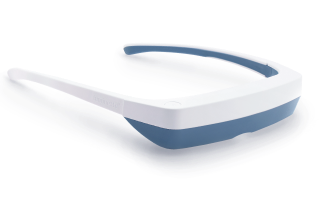
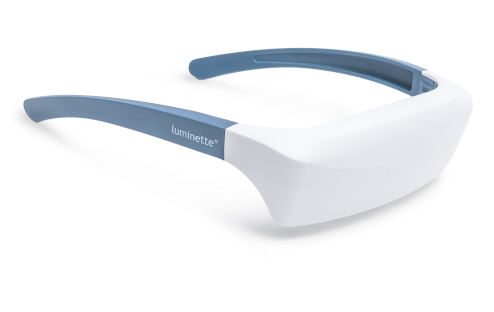
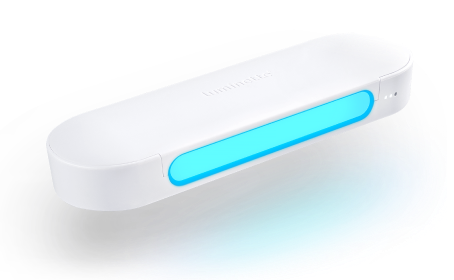
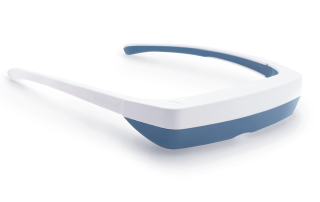
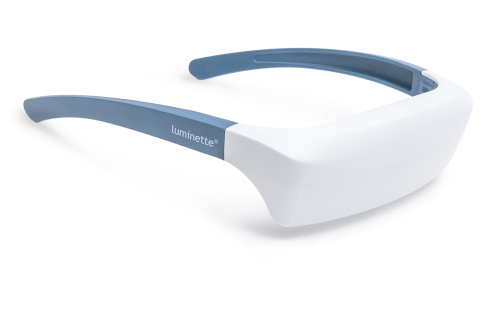
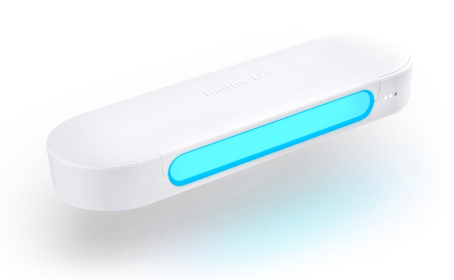
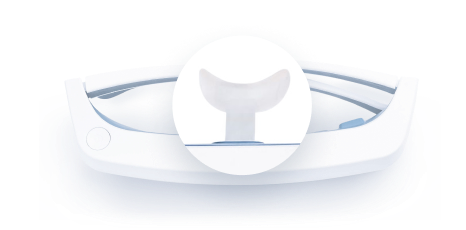
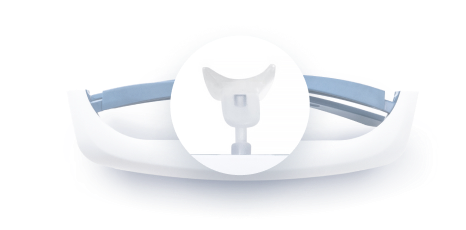
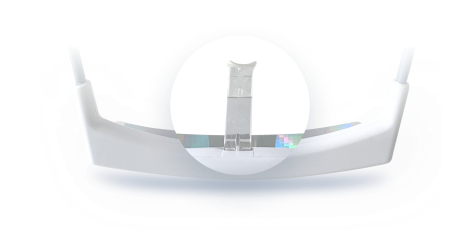
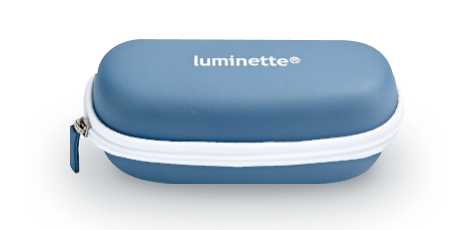
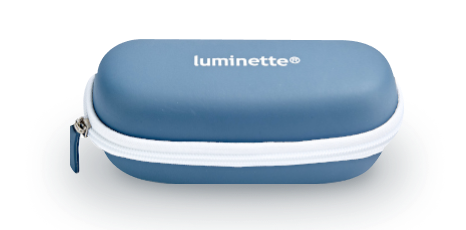





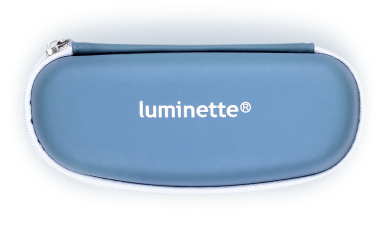
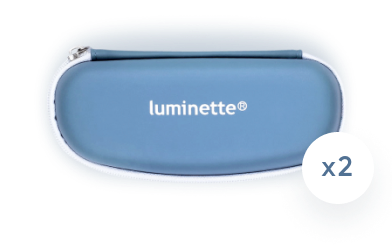
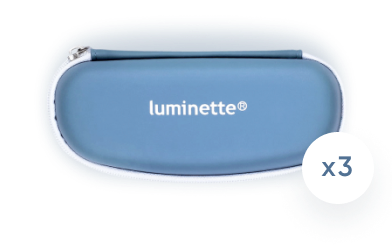
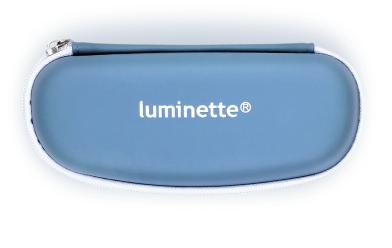
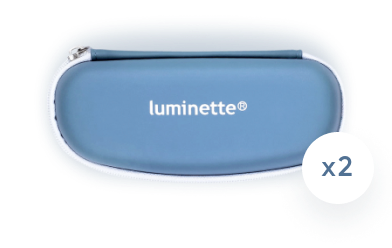
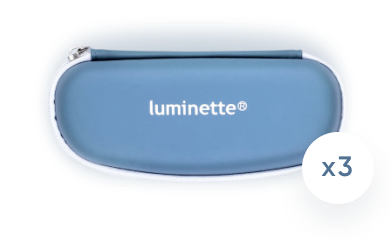
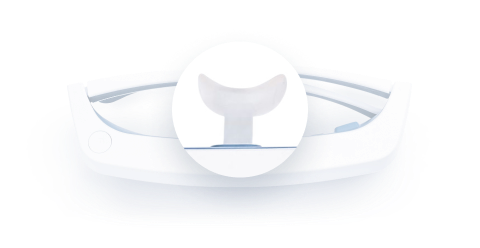
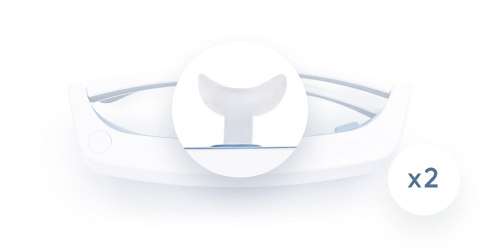
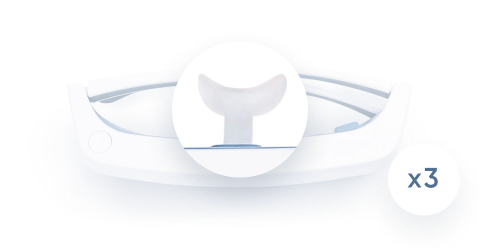
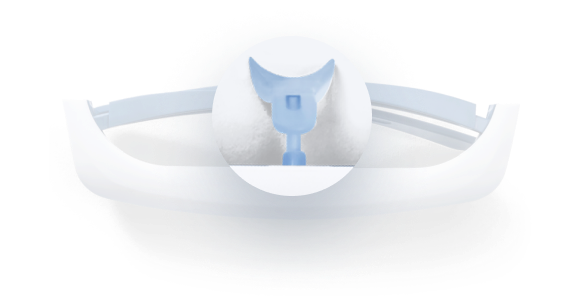
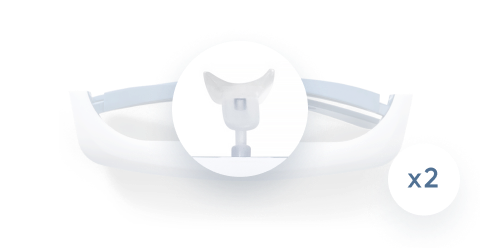
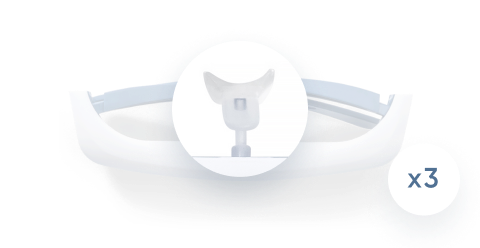
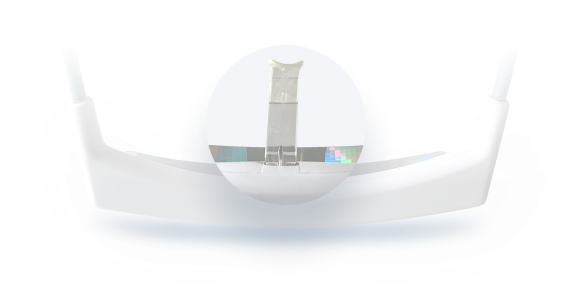
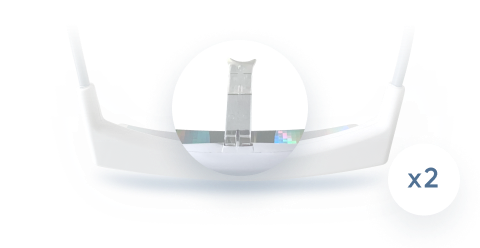
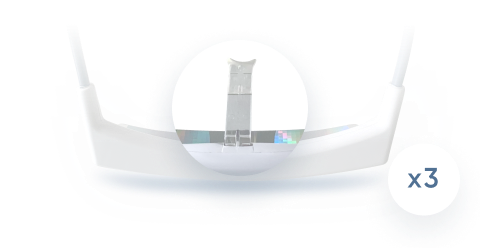
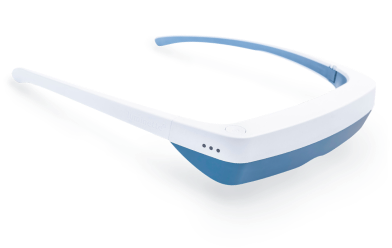
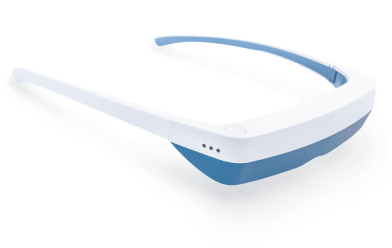
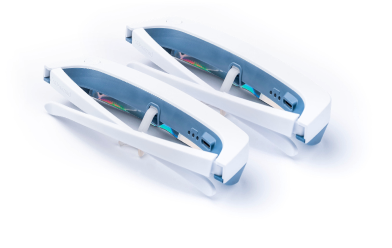
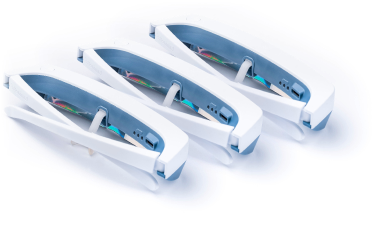

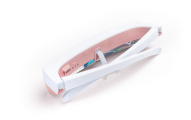
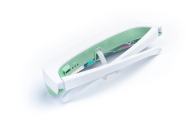
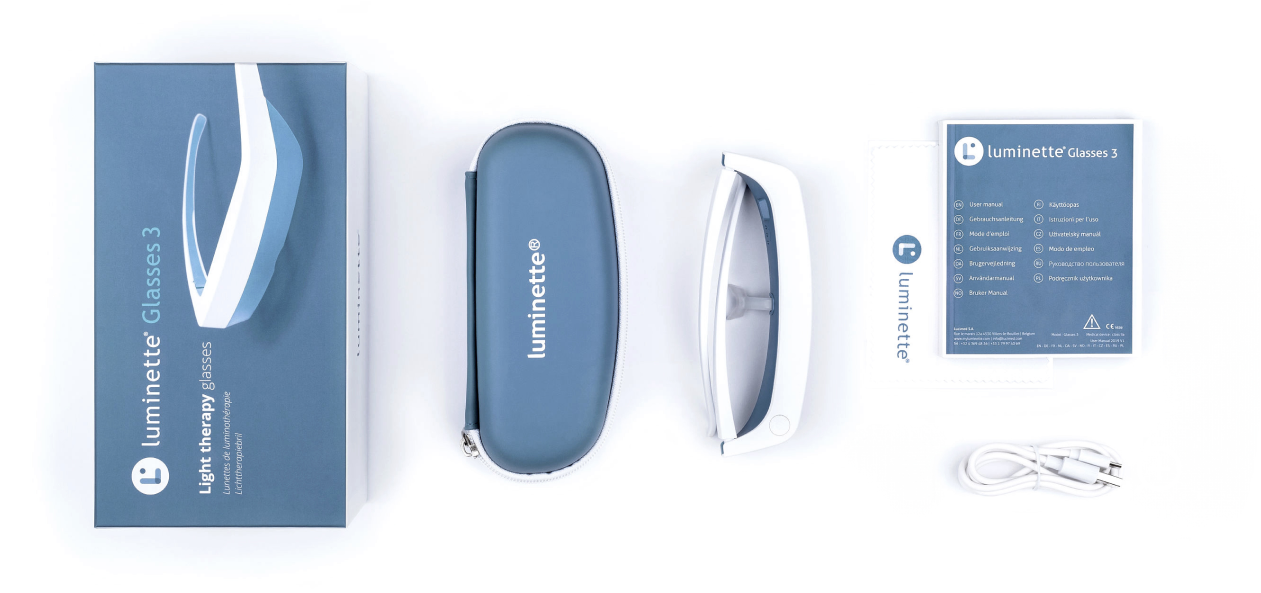
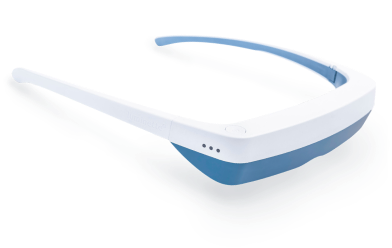


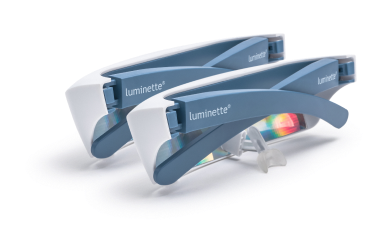
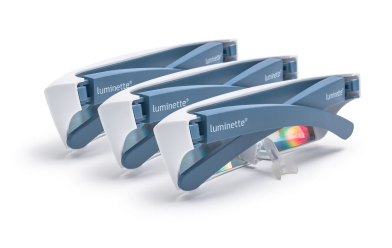
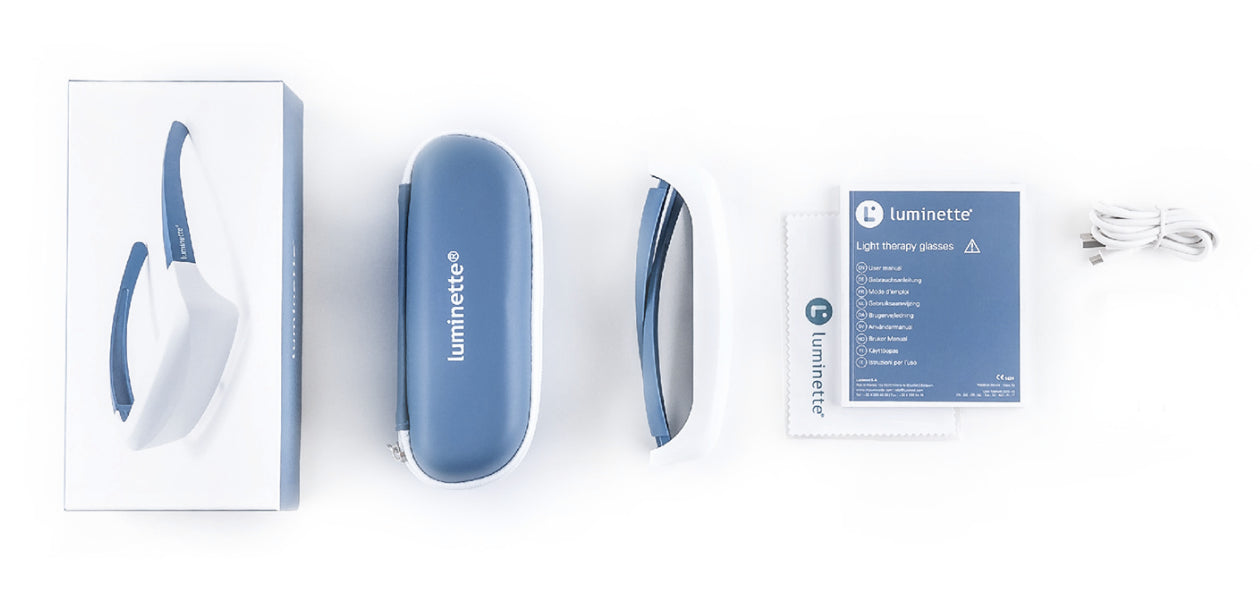
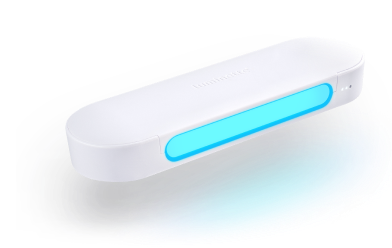
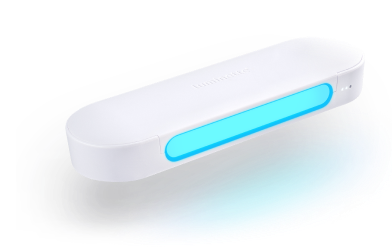
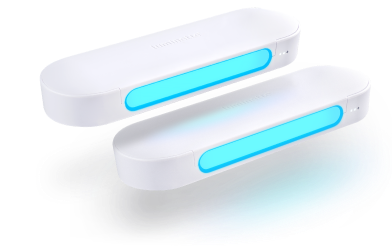
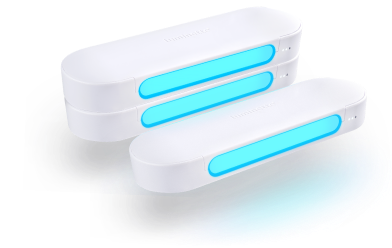
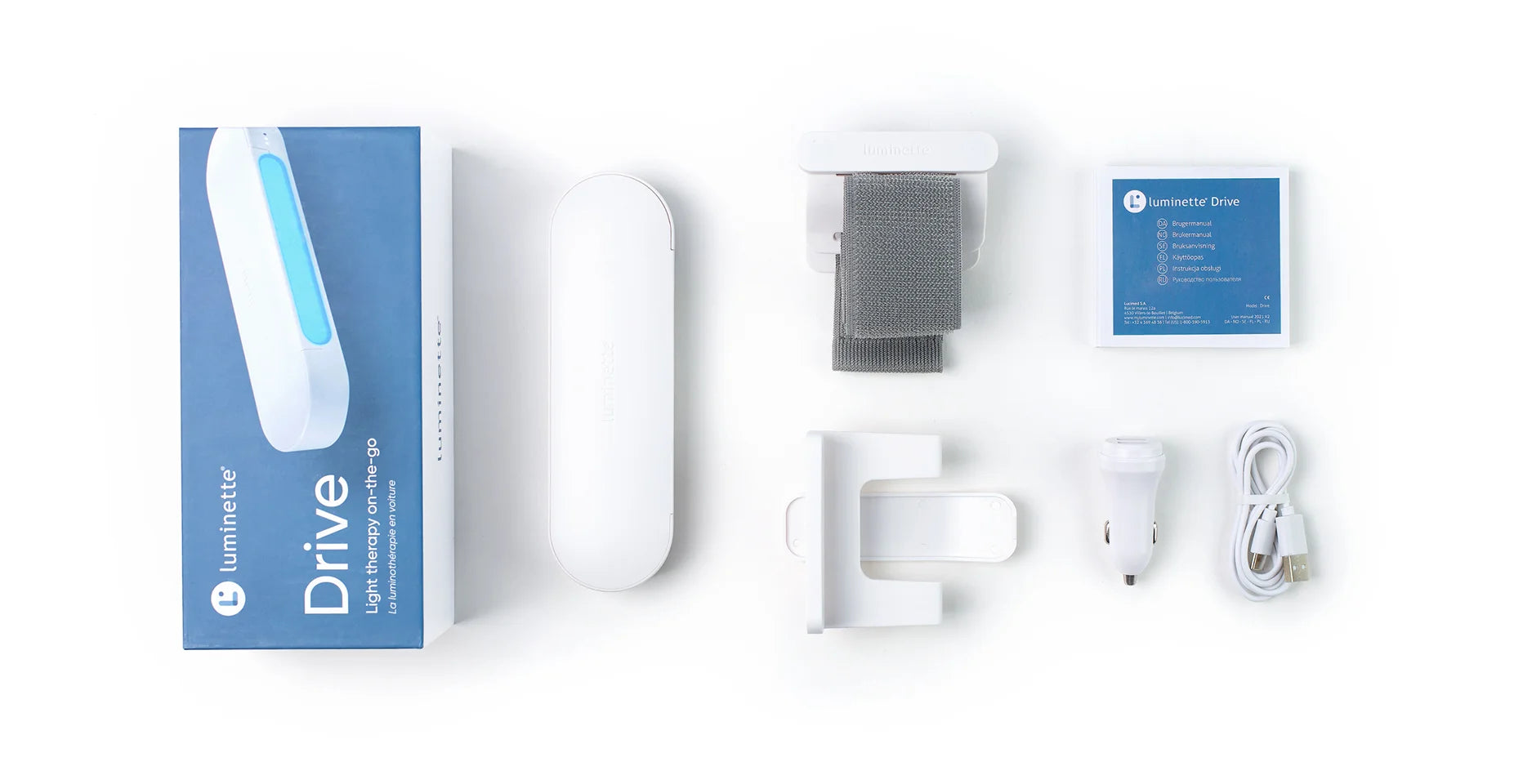

 Please note
Please note



